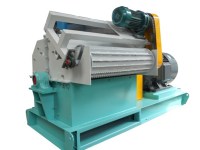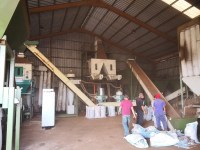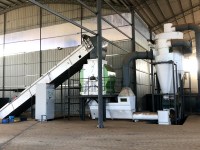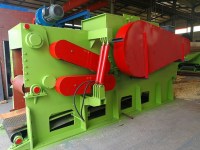After gone through the pelletization process, shredded EFB fibre become EFB pellet which become a reliable biofuel resource. Below is the basic specification for EFB pellet.
Malaysia is well known for oil palm agriculture, and shredded EFB fibre is the by-product for the industry. Converting shredded EFB fiber becoming EFB pellet is a major contribution in renewable energy.
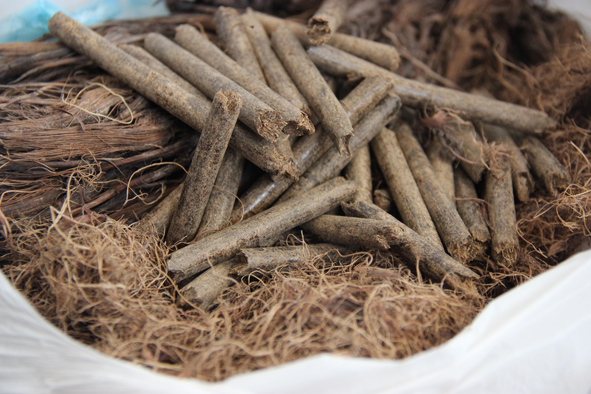
The advantage for EFB Pellets:
EFB pellet with Low Moisture in Nature
The moisture for the EFB pellet is about 8-12% whereby compare to the Shredded EFB fiber, the moisture always hits between 50-60%. This also implies that the transport cost saves substantially because a big portion of the moisture is eliminated.
High Heating Energy and Efficiency
Dry EFB pellet also means the burning condition is more effective and the user is able to retrieve better efficiency and predictable result. The pellet wills thoroughly combustion in the boiler chamber and only 5% of the substance left over as ash content.
EFB pellet Easy Handling and Storage
The pellet will pack in a jumbo bag with a weight of around 700-800kg per bag. In a standard 20ft container, we are able to pack 40 jumbo bags, which means a 20 feet container we are able to ship around 28MT of EFB pellet.
Easy Control and Broad application
Pellet size is small in dimension and easy to repack if a house-hold application is needed. Some of the pellets is repacked into convenient bag size in order selling to end-user for BBQ burning substance.
Pellet Suitable for most boiler grating system
The pellet normally comes in 8mm diameter and length about 20-30mm. This is also a suitable dimension for most of the boiler input grate.
EFB pellet Generate Low to No smoke during the Combustion
Air pollution is one of the hot topics that always draw many users’ attention. One of the significant advantages of a pellet is that it will not generate smoke or fume during the combustion process, which means very minimum particulate being discharged into the air.
You may be interested in:


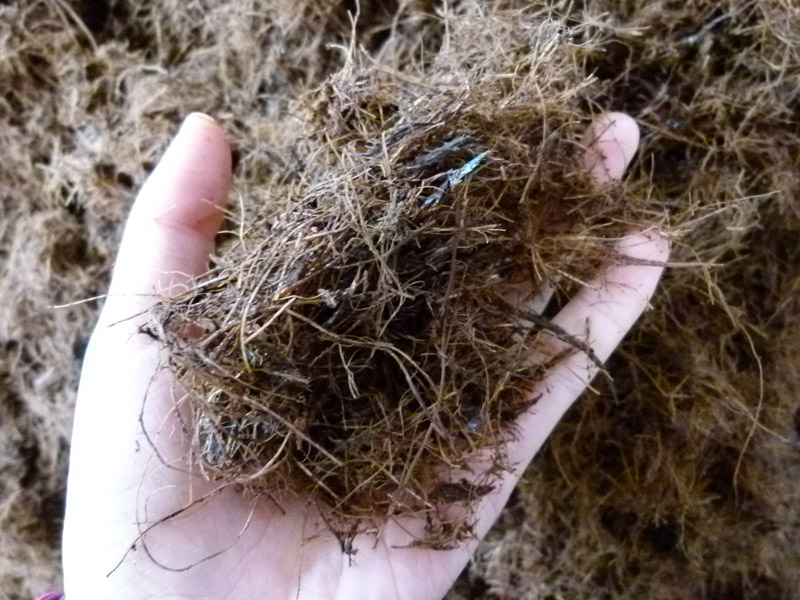
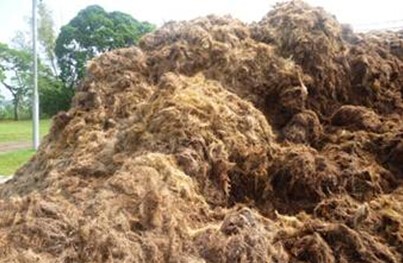
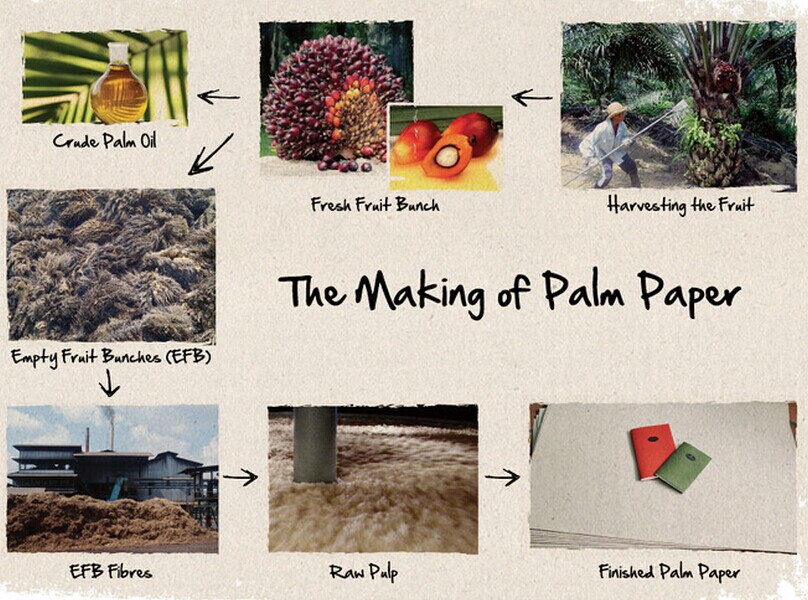
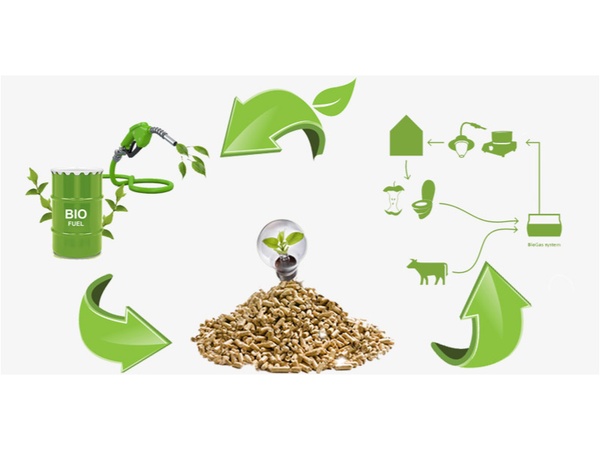
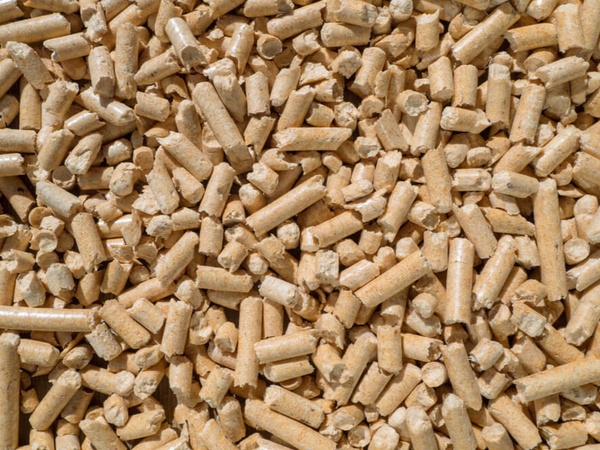
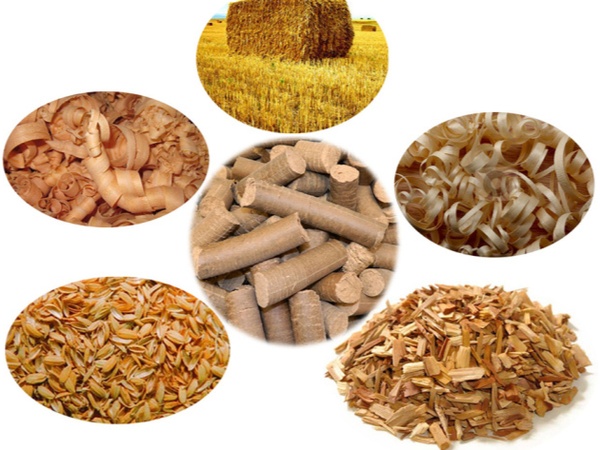
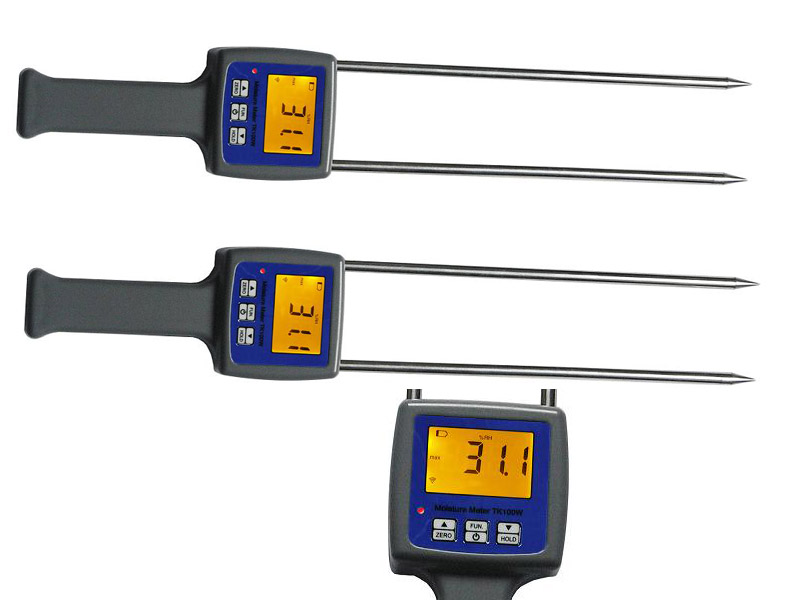
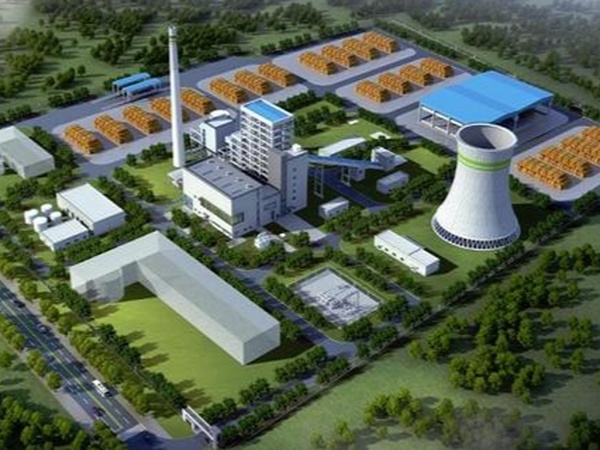
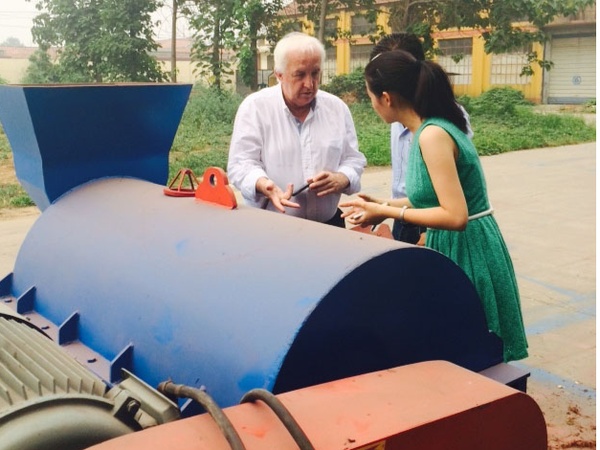
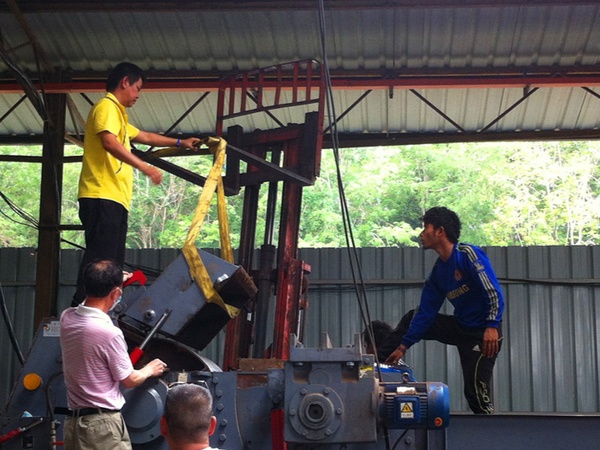
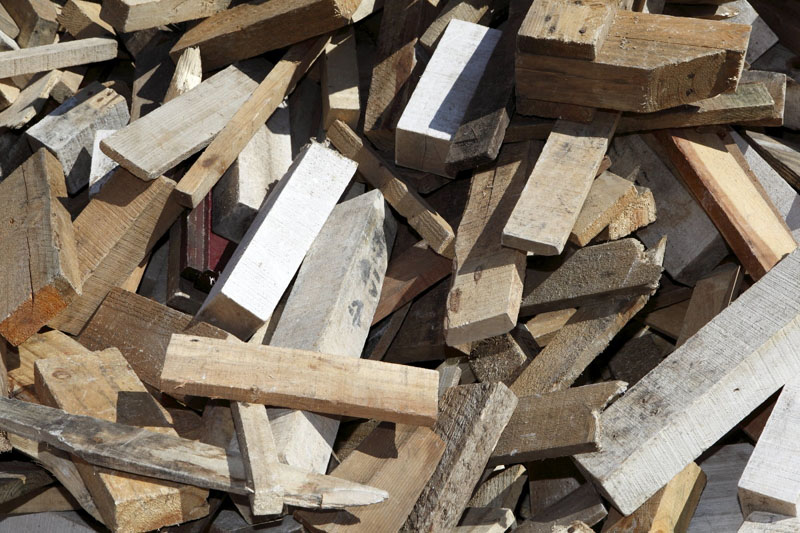
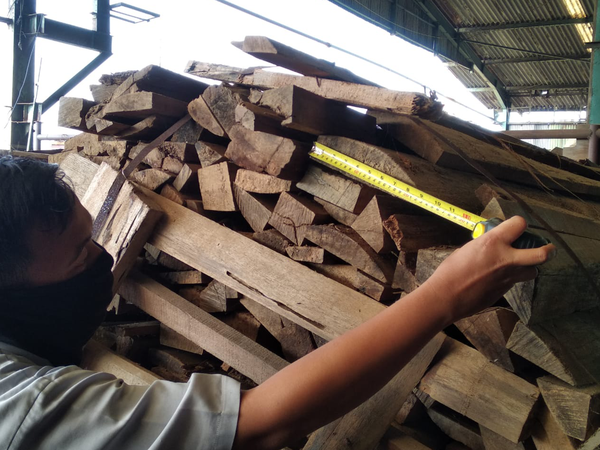
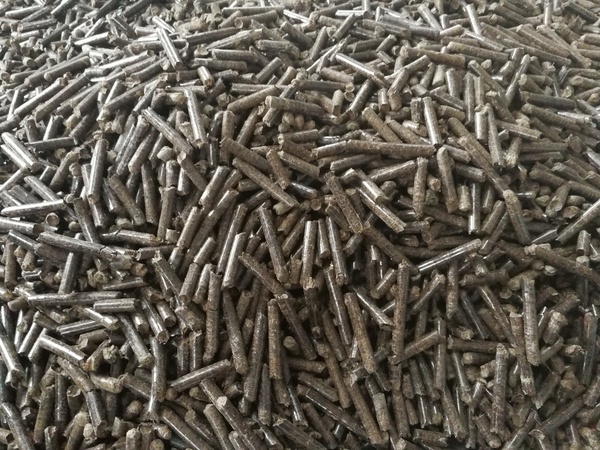
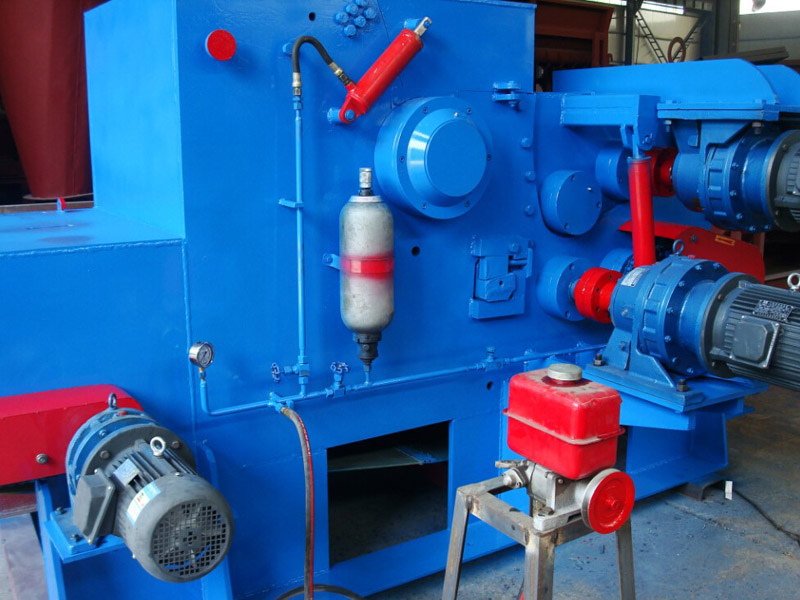
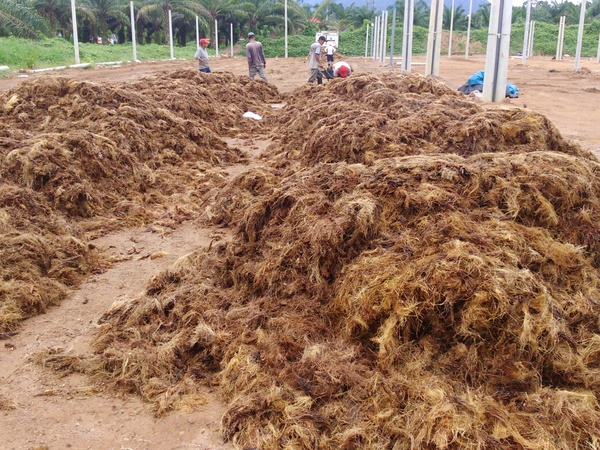
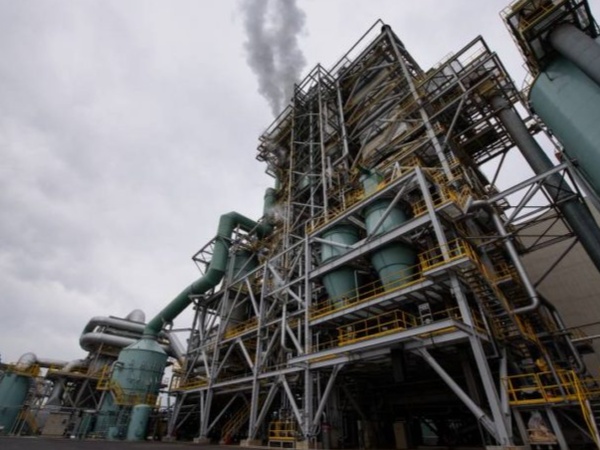
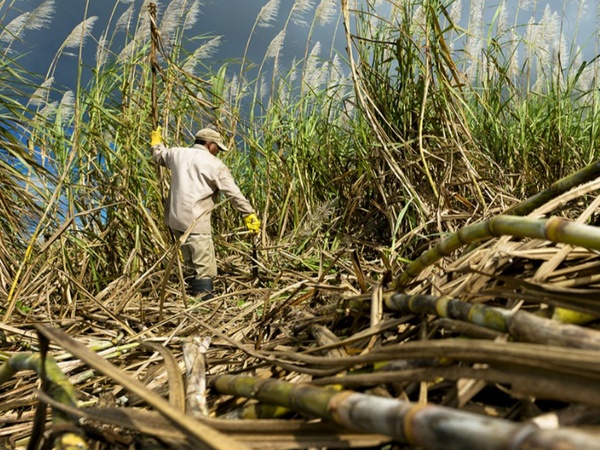
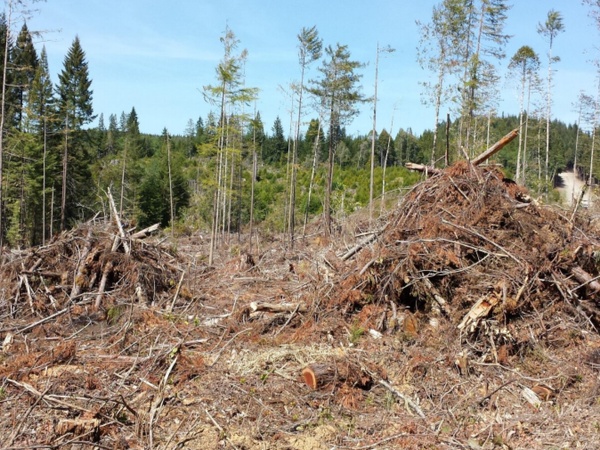
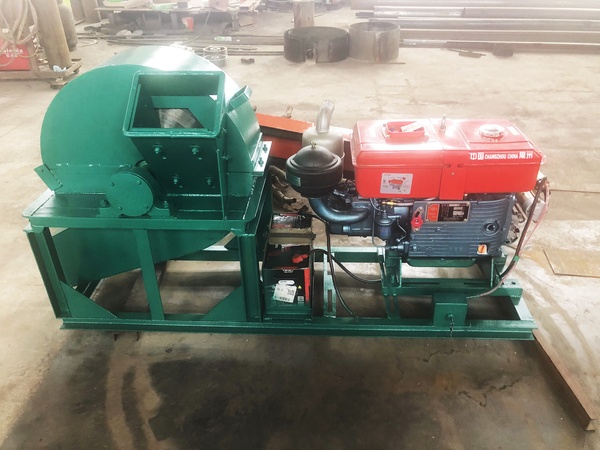
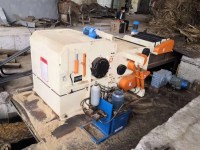
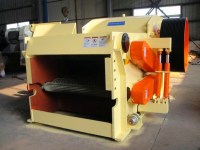
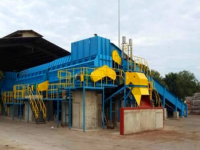
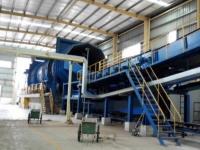
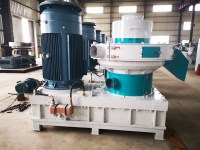
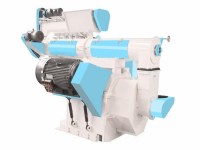
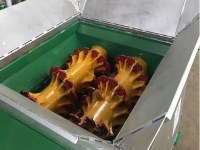
_200x200.jpg)
